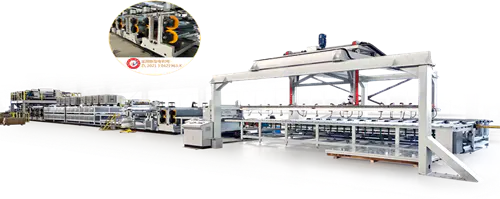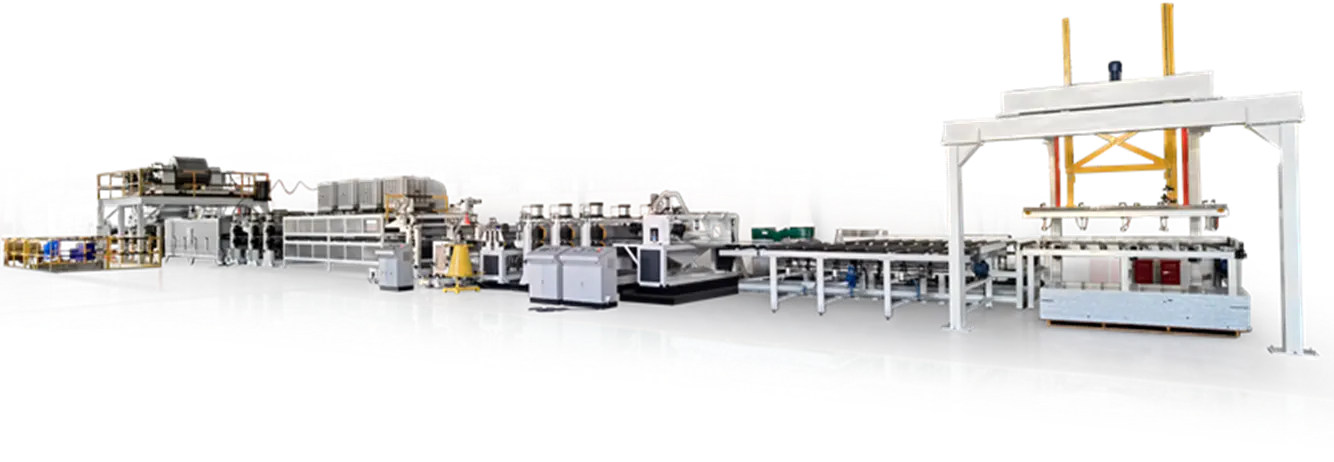In the world of construction and architectural design, two terms hold significant importance: Coated Aluminum Coil and Aluminum Composite Material (ACM) Engineering. These materials play a crucial role in ensuring the quality and longevity of structures, making them essential components in the construction industry.
Coated Aluminum Coil: Enhancing Durability and Aesthetics
Coated aluminum coils, often referred to as pre-painted aluminum coils, are a fundamental building block in construction. They consist of an aluminum sheet that is chemically cleaned, pre-treated, and then coated with a layer of high-quality paint. This coating not only enhances the aesthetic appeal of the aluminum but also provides it with protection against corrosion, UV rays, and harsh weather conditions.
The quality of the coating is a pivotal factor when considering coated aluminum coils. High-quality coatings are characterized by their ability to withstand chipping, peeling, and fading, ensuring the longevity of the aluminum's appearance. Manufacturers employ advanced technologies and rigorous quality control measures to produce coated aluminum coils that meet these standards.
The durability of coated aluminum coils is critical in architectural applications. Whether used for roofing, cladding, or interior design, these coils must withstand the test of time. Premium coatings not only provide protection but also ensure that the color and finish remain vibrant and attractive over the years. In construction, it's not just about functionality; it's about creating aesthetically pleasing structures that stand the test of time.
Aluminum Composite Material Engineering: The Perfect Combination
Aluminum Composite Material (ACM) engineering involves the innovative use of coated aluminum coils in the creation of lightweight, durable, and versatile building materials. ACM panels consist of a core material sandwiched between two layers of coated aluminum. The core is typically made of non-aluminum materials, such as polyethylene or fire-resistant materials.
The key to quality in ACM engineering lies in the strength of the bond between the core material and the aluminum sheets. A strong bond is essential for structural integrity and resistance to delamination. Premium ACM panels are rigorously tested to ensure that they meet the highest industry standards for bond strength.
ACM panels offer numerous advantages, including fire resistance, excellent insulation, and an extensive range of colors and finishes. These properties make them ideal for various applications, from cladding on skyscrapers to interior design in commercial spaces. Quality ACM engineering is essential to ensure that these panels deliver on their promises, providing not only aesthetic appeal but also functionality and safety.
Quality Control and Certification
Manufacturers of coated aluminum coils and ACM panels understand the importance of quality control and certification. Reliable quality control measures are implemented at every stage of production, from raw materials to the final product. In addition to in-house testing, these materials often undergo third-party certification to ensure they meet industry standards and building codes.
Certifications such as ASTM, AAMA, and CE compliance provide assurance to architects, builders, and clients that the materials they use are of the highest quality. Choosing certified materials is a critical step in ensuring that structures are not only aesthetically pleasing but also safe and durable.
Conclusion: Elevating Construction Standards
Coated Aluminum Coil and Aluminum Composite Material Engineering play an essential role in raising the bar for construction and architectural design. Their ability to enhance the aesthetic appeal of structures while providing durability and safety is unmatched. By prioritizing quality in the production and application of these materials, the construction industry continues to evolve, creating structures that stand as testaments to both beauty and longevity.

 中文简体
中文简体 English
English Português
Português русский
русский Español
Español عربى
عربى








